The Tale Of Willie And Bill
One of the more intriguing and, sadly, forgotten boxing rivalries is the classic six bout series between Pittsburgh’s own William P. Davies, aka “Wee Willie,” and Cuba’s Eladio Valdes, aka “Black Bill.” Needless to say, there were a great many premium fights and rivalries during their era, the 1920’s, a golden decade for boxing, and this is the only explanation possible for the record omitting their sextet when the greatest rivalries are discussed. Being battlers in the sport’s tiniest division didn’t help either. But even so, this is one feud that deserves to be examined more closely and appreciated for the amazing series it was.
Like his more famous cousin, featherweight champion Kid Chocolate, Bill came from Havana, Cuba and like Davies, he was a perennial flyweight contender in that notoriously tough decade. He was a swarming, all-action fighter who battled in a manner reminiscent of Johnny Dundee and Harry Greb, often bouncing off the ropes or leaping into the air to land his awkward blows. Davies, who was originally from Wales but made his home in the Pittsburgh area, had a different style. He was a quick, darting boxer-puncher, known for his marvelous skill and tight defense.
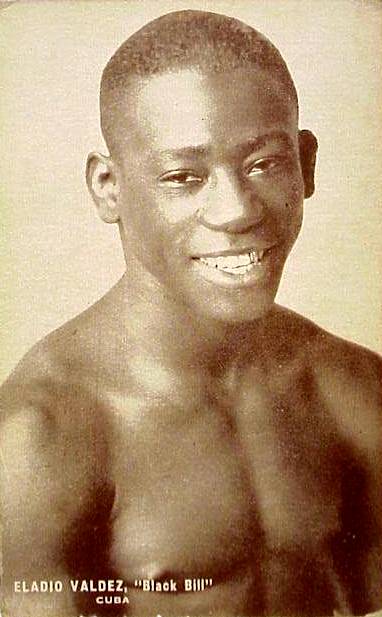
As per the unspoken rule in Pittsburgh boxing, Davies drew no “color line” and a worthy challenger was a worthy challenger. To keep your standing in “The Smoke City,” you ducked no one, not even such a formidable scrapper as this Cuban threat. Both Davies and Valdes were known for being “speed merchants” and they were right in the middle of the top ten list of flyweight contenders when they had their first bout in September of 1925. The contest took place in Philadelphia, where the keyed-up fight crowd had their first look at both men. Davies was recognized as the Pennsylvania State Flyweight Champion, while Bill was heralded as the Cuban Flyweight Champion, so expectations were high. They didn’t disappoint, giving the crowd endless thrills in a close contest, won unanimously by Wee Willie in ten rounds.
They met twice the following year, this time in Bill’s native Havana, Cuba. The first bout was scored a 12-round draw that the Associated Press called a robbery, stating that Davies clearly won and that even the Cubans were outraged at the hometown verdict. A month later their third battle was also scored a draw after twelve rounds, but it apparently was closely contested, much like their Philly war, and this writer has failed to locate any record of protest or complaint.
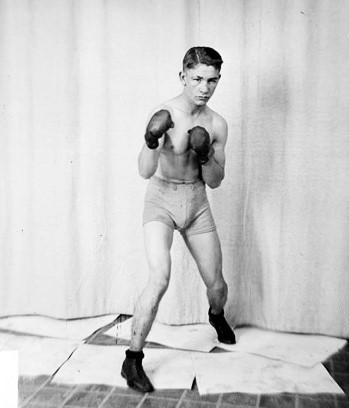
Their fourth clash took place three years later, in November of 1929, fittingly at Madison Square Garden. The entire card that night was a spectacular one, featuring some of the best flyweights on the planet, including world champions Midget Wolgast, Johnny McCoy and Corporal Izzy Schwartz (aka “The Ghetto Midget”), in an elimination tournament which was to lead to the eventual crowning of a new undisputed champion. This would be one of Black Bill’s finest career performances, certainly his best showing against Davies, as he rushed and romped his way to an impressive ten round victory in the main event that night.
The final two bouts to close the series took place the following summer in 1930. In previous years Midget Wolgast had proven to be the better flyweight of the three, he having beaten both Davies and Bill conclusively, but even so, both men’s reputations, especially when facing each other, remained rock solid and they could draw big numbers in any fight town. Since they had already locked up twice on neutral ground, and twice in Black Bill’s home city, it made sense to hold the final two matches in Pittsburgh, where Davies was a huge favorite with the crowd.
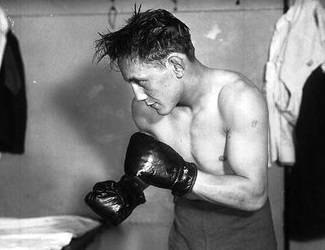
The Cuban started fight number five with his usual furious stampede and nearly swept the Welshman off his feet, winning the first three rounds handily. One of his wild swings nailed referee Al Grayber as he was breaking a clinch, splitting the former middleweight contender’s lip bloody. But Davies, always resourceful, had planned on a more disciplined performance than in their previous battles and he kept his cool. His strategy this time involved more out-boxing, less slugging and infighting. He kept a steady stream of jabs popping into Bill’s face, followed by the occasional right hand counter-wallop, which took much of the steam out of his foe after the third stanza.
At the end of ten rounds Davies was awarded the majority decision and deservedly so. But some scribes reported that Black Bill had seemed “off” to them, and there was the perception he remained the overall superior fighter and would have won if he’d been “on.” Such sentiments set the stage for their final meeting, which took place the following month at the same venue, Meyers Bowl in North Braddock. This bout was to be the most dominant performance of the series for Wee Willie, who once again used his tireless little piston jab to keep Bill off balance and unable to launch an effective attack. The press awarded Davies seven of the ten rounds, which gave him three wins against one loss and two draws (arguably 4-1-1 given the consensus on the bogus draw in their second bout) to take the series from his game Cuban nemesis.
Uncrowned flyweight champion “Wee” Willie Davies is one of boxing’s rare happy post-career success stories. After racking up 167 total fights in nine years he retired and enrolled at the University of Pittsburgh in 1935, eventually earning his Master’s Degree in science. He went on to pursue the scholar’s life and became a popular and much-admired school teacher.
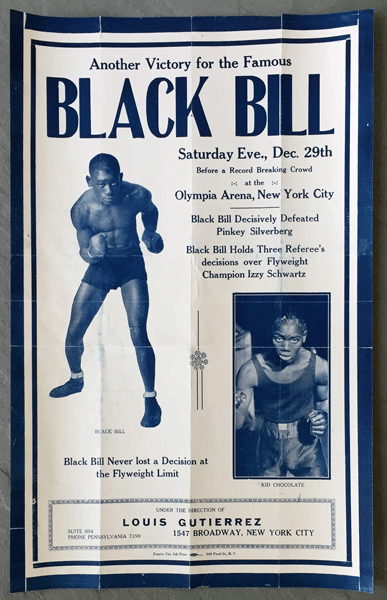
Sadly, Black Bill’s course ran in the opposite direction in every conceivable way. He fought only seven more times before being forced to retire in 1931 due to deteriorating eyesight. Bill claimed the problem was the result of an opponent rubbing resin in his eyes in a clinch, but other sources reported that the Havana party boy’s failing vision was a symptom of untreated venereal disease. Whatever the reason, his was a shockingly swift fall as within just two years he was living alone in a Harlem apartment, destitute and completely blind.
Black Bill never suffered a single knockout loss in his entire 166 bout career. The only fighter who ever stopped him was himself, with a bullet to the abdomen at age 27 on April 9, 1933. A deep depression had gotten the better of him and he lost the will to live, but his still-rugged body had not. It fought the effects of the bullet for five agonizing days in the local hospital before he finally died on April 14.
Wee Willie and Black Bill, two tiny gladiators who came together– one from the coal mines of Wales, the other from the cane fields of Cuba– and gave their all to give boxing some classic battles. William Davies and Eladio Valdes. One a success story, the other a tragedy. May boxing never forget them. — Douglas Cavanaugh

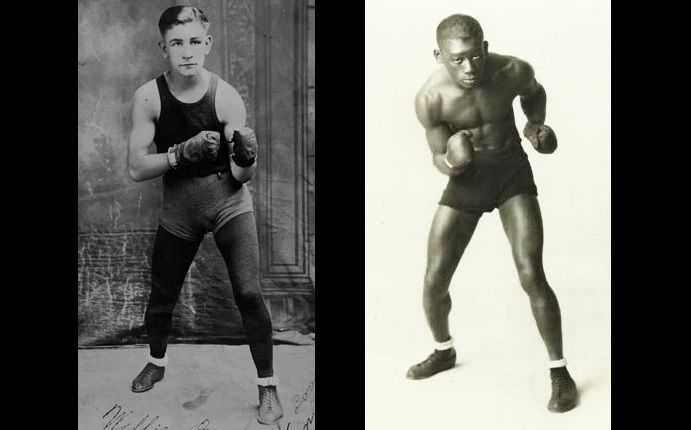

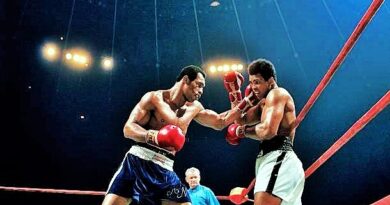
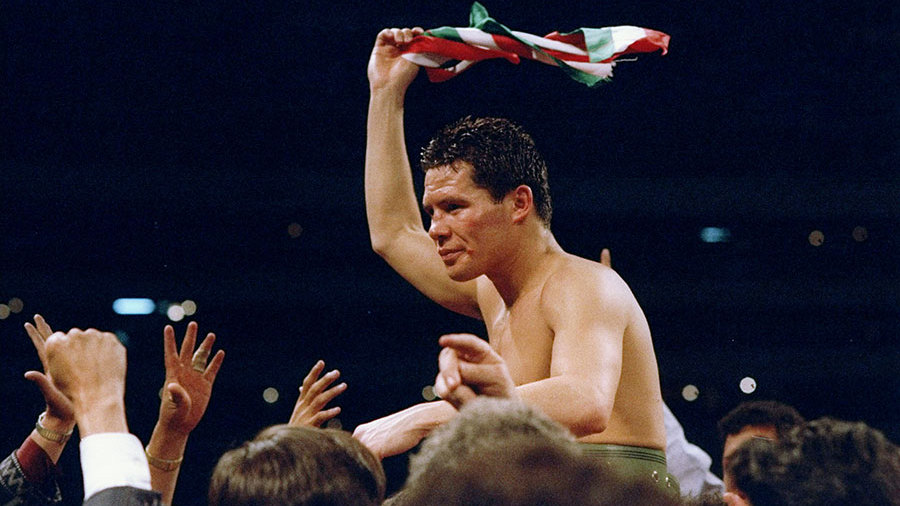
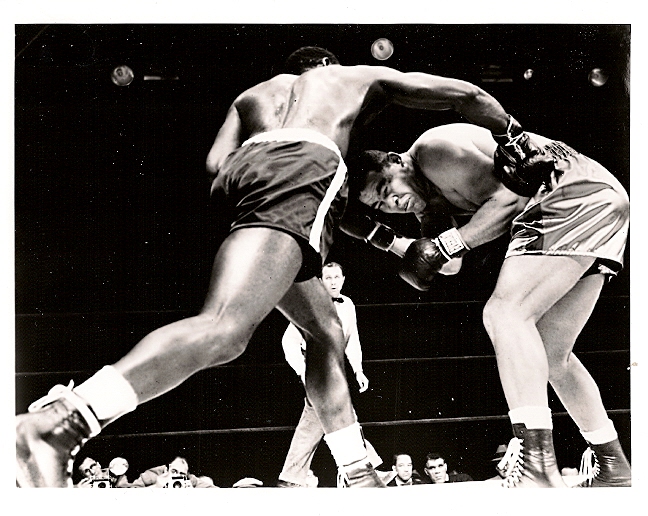
Nice to learn about the forgotten warriors.
Thanks, my friend.
This was a great piece, thanks for taking the time.
Appreciate it.
Pingback: Child Chocolate vs Benny Bass — Cuba’s First World Champion - Navscoreapp
Pingback: Child Chocolate vs. Benny Bass - Cuba's first world champion - Sport world news
Pingback: Kid Chocolate vs Benny Bass - Cuba's First World Champion - My Sports Heaven.
Pingback: Child Chocolate vs Benny Bass - Cuba's First World Champion - Worldwide News